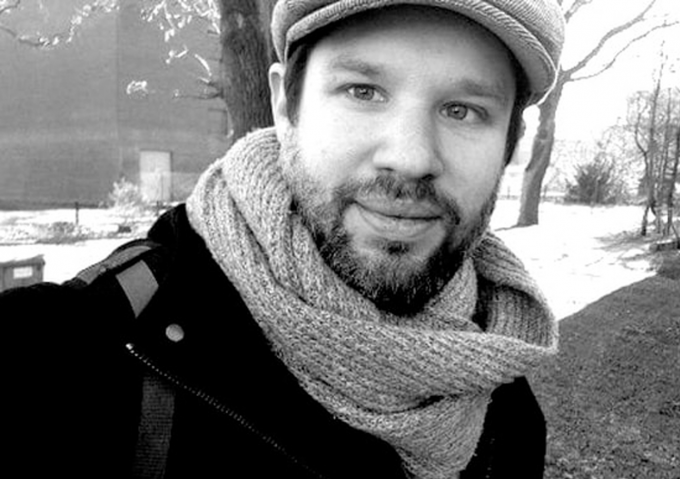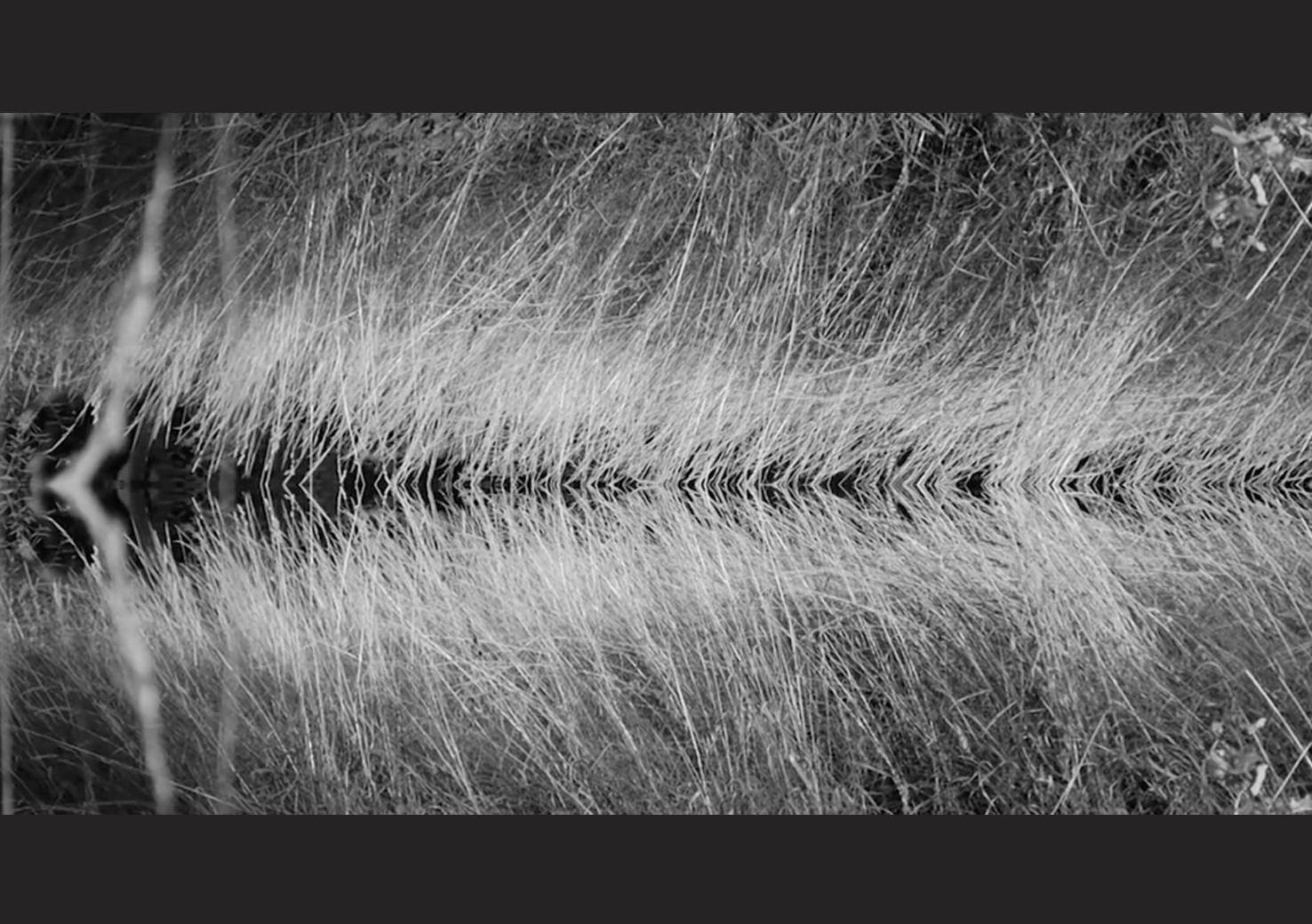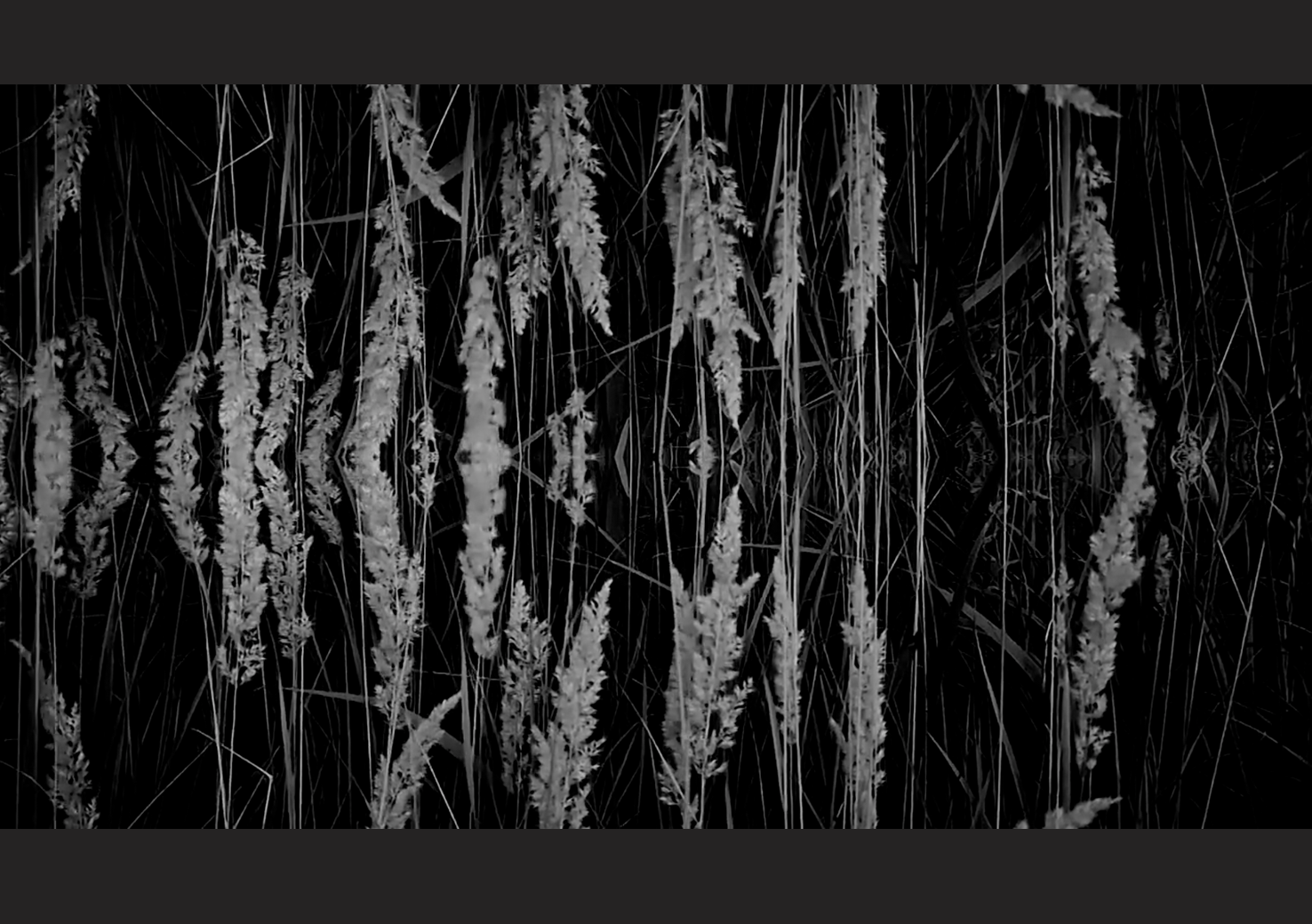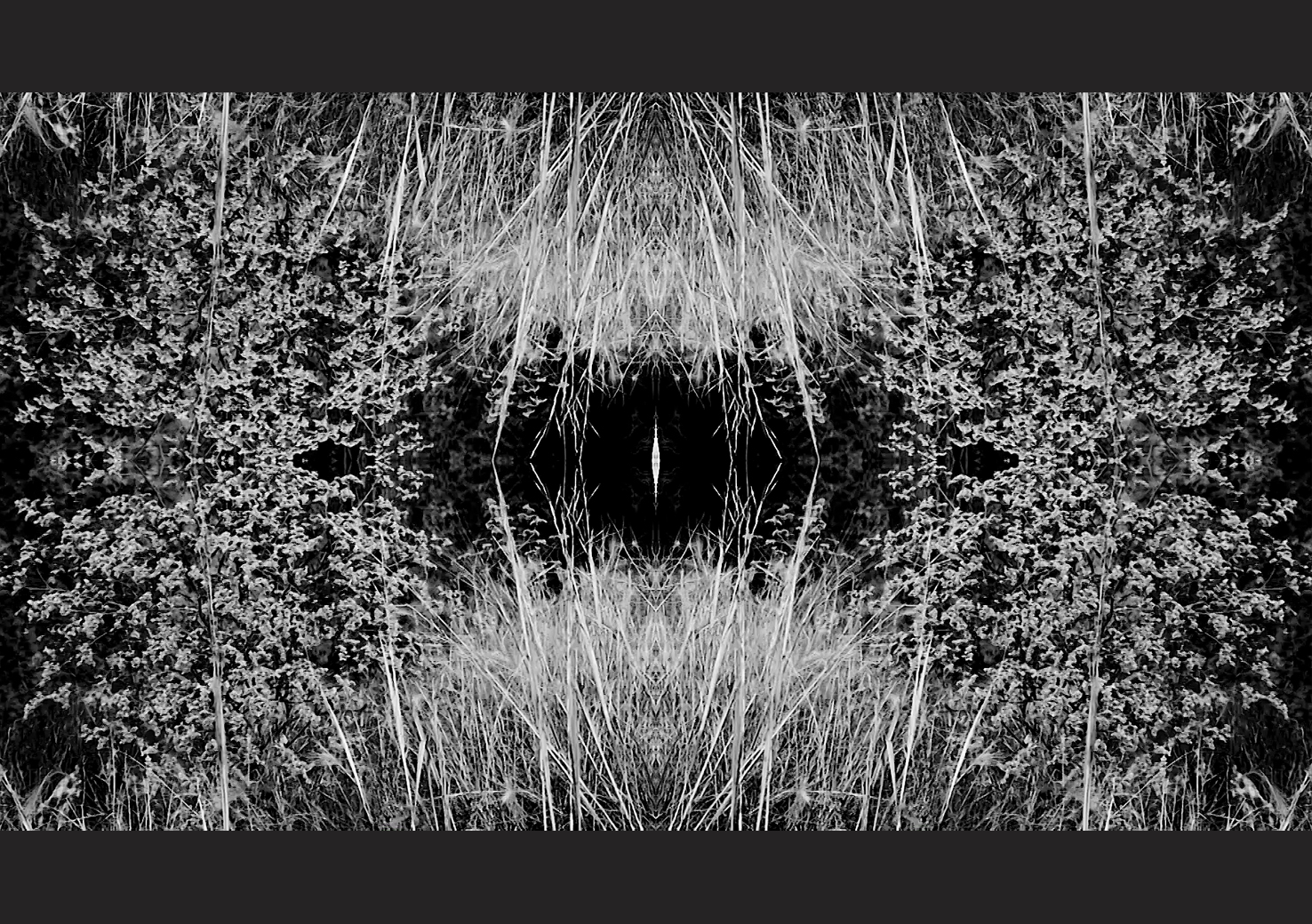

Caspar de Gelmini studied after a preparatory training in composition in Berlin at the University for Music and performing Arts Rostock where he obtained his baccalaureate exam. He then studied until his Diploma Examination at the University for Music Franz Liszt in Weimar. He took postgraduate Studies at the University Mozarteum Salzburg as well as a Master degree from the State University of Music and Performing Arts in Stuttgart. During his studies he was Exchange Student at the Royal College of Music in Stockholm, at the University for Music in Basel, at the Conservatoire national supérieur de musique et de danse de Paris and at the IRCAM. His teachers majoring in composition were: Helmut Zapf, Peter Manfred Wolf, Michael Obst, Annette Schlünz, Pär Lindgren, Karin Rehnqvist, Georg Friedrich Haas, Michel Roth (music theory), Tristan Murail, Marco Stroppa, Frédéric Durieux and Hèctor Parra. He was a finalist and winner of the Weimar Spring Festival Award (2005, 2007), winner of the BMW Composition Prize of Musica Viva in Munich (2008, 2010), winner of the Reading Panel IRCAM (Manifeste 2012; Cursus 2014) and a finalist in the OE1 Talentebörse composition prize in Austria (2013). Scholarships: Gerda and Luigi Prade Foundation, Oscar and Vera Ritter Foundation, Friedrich Naumann Foundation for Liberty, Studienstiftung des
deutschen Volkes, German Academic Exchange Service. Since 2007, his works are published by Verlag Neue Musik Berlin. He worked with the Bavarian Radio Symphony Orchestra, the Ensemble Intercontemporain, Ensemble Recherche, IRCAM Centre Pompidou, Work in Progress Berlin, Ensemble Phorminx Darmstadt, Ensemble Junge Musik Berlin and many others.
Objects and Cells, 9' 30", 2019
In my work "Objects and Cells 3" I have dealt with grasses. The piece was created 2018-19 in the Botanical Garden in Berlin. After my Music Degrees, I started a doctoral thesis, which deals with generative grammar and syntax, connected with music. It has inspired me in particular to form syntactic connections and typologies of grasses. In a further step, I then alienated them with algorithms and filters. The result is complex, surrealistic structures. The violin is alienated by filters, but also by experimental playing techniques. I was particularly interested in how to create syntactical relationships between image and sound. The result is an audiovisual composition that is neither music nor film , most likely sound art







